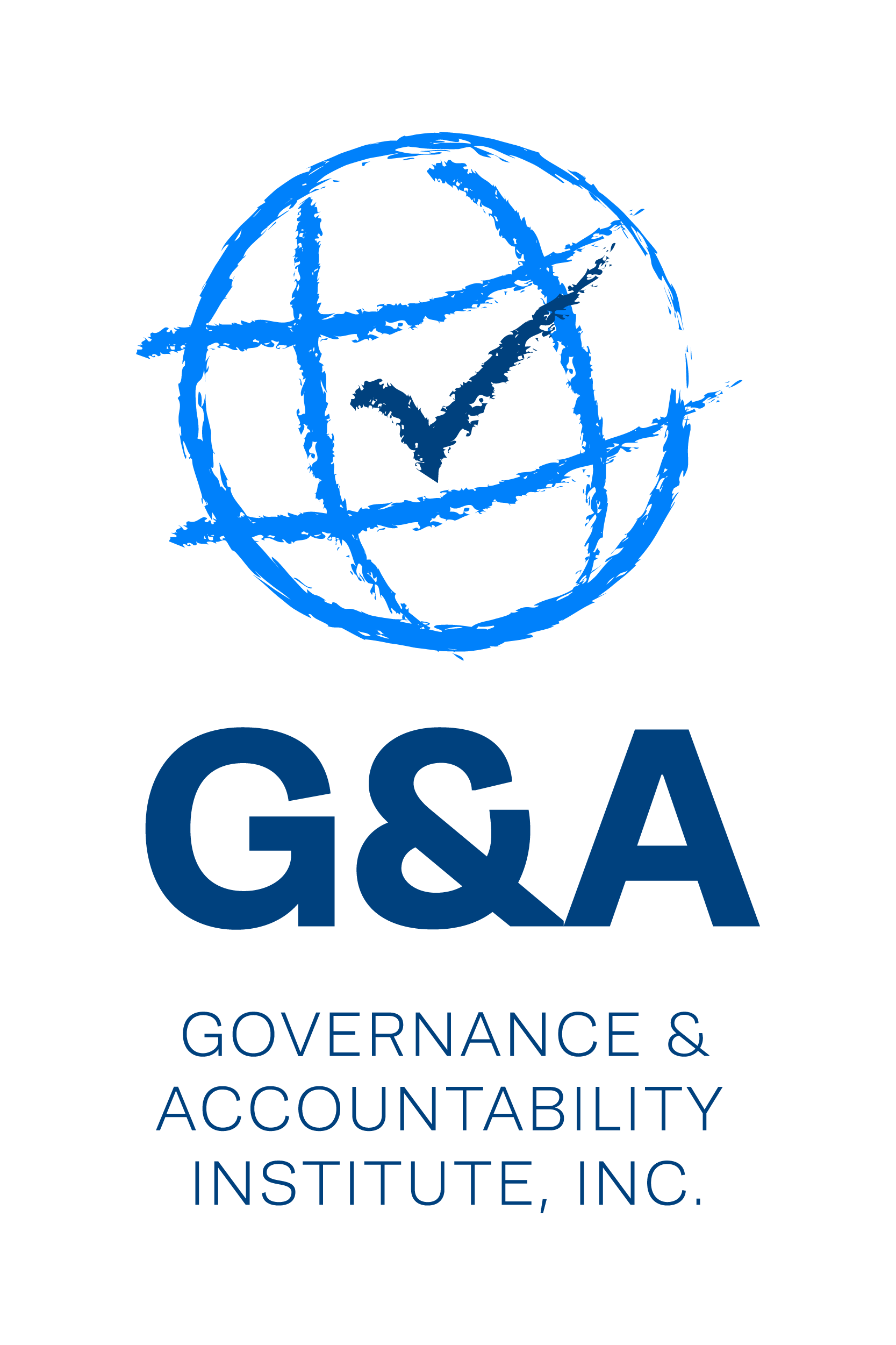The Ethical and Sustainable Supply Chain – Some Thoughts on This For You From Forbes
G&A's Sustainability Highlights (02.08.2019)
The Ethical and Sustainable Supply Chain – Some Thoughts on This For You From F…
“Ethical sourcing” – we see that a lot of companies are systematically addressing issues in their sourcing and supply chain management to better understand and address (and better manage!) the various issues that their investors, customers, employees, business partners, and other stakeholders care about. What is “ethical” behavior in the layers upon layers of suppliers in the usual globalized sourcing effort?
As we sometimes hear in the poetic notion, the butterfly wings’ flapping and fluttering in Brazil can have effects all the way north as expressed through the hurricane winds hitting Mexico and in the tornado whirlings on the American Gulf coast.
This “butterfly effect” (part of the chaos theory portfolio) has counterparts in the supply chains of companies sourcing from near and far lands.
An example shared: Poor working conditions in the Bangladesh factories have been brought to consumer attention by United Kingdom news reports; the products (like T-shirts) end up on retailer shelves with “Spice Girl” branding. Irony: the shirts were part of the Comic Relief Event campaign to raise money for “gender justice" – and the Bangladesh female workers made 30 cents an hour under hostile working conditions (details are in our Top Story).
Writing for Forbes (brands), contributor Richard Howell’s shares his thoughts in our Top Story. “Social, economic and environmental sustainability should be at the heart of every supply chain…” he writes.
He posits that consumers are looking to buy from companies that have a preferable design, sourcing, manufacturing, delivery of goods & services…and that operate assets and equipment in an energy-efficient, safe environment (for team members and the environment). Howell spells these out in his commentary.
So – what is ethical? Among other things, fair wages, better working conditions and gender equality in the global supply chain that is sustainable as well.
This week’s Forbes commentary is by contributor Richard Howells, a 25-year veteran of supply chain management and manufacturing who describes himself as “responsible for driving market direction and positioning of SAP’s Supply Chain Management and IOT solutions.” He’s worked on systems for such brand-facing companies as Nestle, Gillette, and others.
SPECIAL FEATURE
GRI & SASB Standards in Focus - Perspectives on Alignments & Differences For Four Industries:
Food, Electric Utilities, Agriculture Products, Software / IT Services
In this series we share perspectives with you on the alignments and differences of the GRI and SASB Standards when it comes to reporting on industry specific topics and disclosures. Today, we are seeing many more companies that use the Global Reporting Initiative Standards (GRI) for their corporate sustainability / responsibility / citizenship reporting also referencing aspects of the Sustainable Accounting Standards Board (SASB) Standards (recently codified for many industries by SASB). G&A Institute’s Sustainability Report Analyst Interns analyze thousands of sustainability reports as part of our responsibilities as the GRI's Data Partner for the United States, United Kingdom and Republic of Ireland.
As they analyze these corporate reports, they have been expressing their thoughts on the alignments and differences that they see in the two standards especially when it comes to sector specific disclosures, and in the way that corporate reporters are responding to the availability of both standards for their materiality analysis, strategy setting, actions and then their reporting. We asked them to share their perspectives as they examined a select number of industry categories SASB disclosure guidance and compared it to the GRI Standards Disclosures (And where available GRI sector guidance / supplements).
We have four perspectives to share with you this issue – we think they will be helpful for those professionals preparing corporate sustainability reports in select industries.
This is just the introduction of G&A's Sustainability Highlights newsletter this week. Click here to view full issue.

